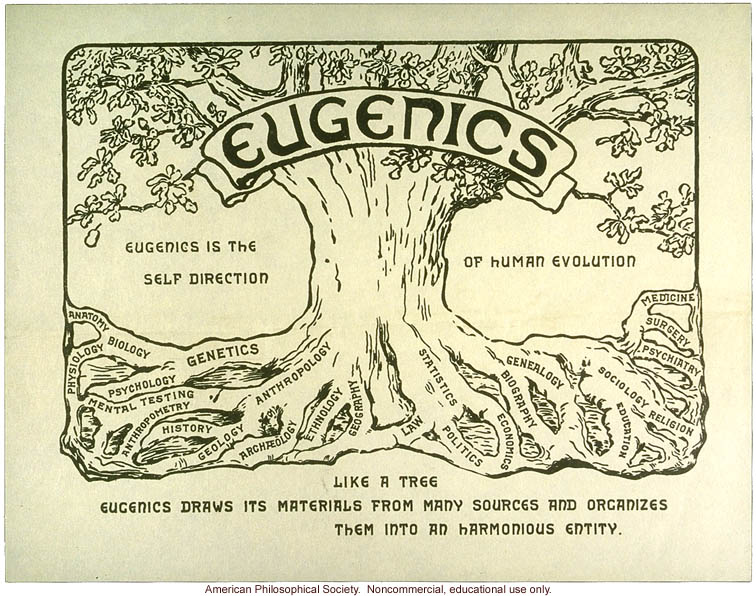
The Australian Institute of Aboriginal and Torres Strait Islander Studies (AIATSIS) is the national research and collecting institution for information and research about the cultures and lifestyles of Aboriginal and Torres Strait Islander peoples, past and present. It holds the world’s most comprehensive collection of print, moving image, sound recordings and photographic materials relating to…
A new Commonwealth Department of the Interior was created in 1939 when a number of matters under the control of the original Department of the Interior were transferred to other portfolios. Among many other matters, the second Department of the Interior was responsible for overseeing the emigration of children and Aboriginal people. It also retained…
The Commonwealth Department of the Interior was created in 1932 when the Departments of Home Affairs, Transport and Works and Railways were amalgamated. The new department took over responsibility for numerous matters including the emigration of children and Aboriginal people. It was also responsible for the Northern Territory. In 1939 after changes of responsibility within…
The Aboriginal Child Placement Principle (ACPP) was developed in the early 1980s and was incorporated into adoption and child protection legislation from 1983 onwards. In 2009 it was renamed the Aboriginal and Torres Strait Islander Child Placement Principle. The Principle is intended to guide child protection services to strengthen Aboriginal children’s connections with their family,…
The Commonwealth Department of Aboriginal Affairs was formed in 1972. As a result of the creation of this department, the Federal Government took over responsibility for all issues related to Aboriginal and Torres Strait Islander people in Australia. Policy and planning functions which had previously been the responsibility of the States were transferred to the…
The Lutheran Church is a branch of the Protestant church, and was founded in Germany in the 16th Century by Reformationist Martin Luther. The Lutheran Church was first established in Australia by German Lutherans arriving in South Australia in 1838. Separate Lutheran churches were founded in Victoria from the 1840s, and Queensland from the 1850s….
The Salesians of Don Bosco are an international organisation of Catholic priests and brothers who work with disadvantaged and marginalised young people. They were founded by the Italian priest Saint John Bosco in the mid nineteenth century. The first Salesians came to the Kimberley region of Australia in 1922 in order to run a mission….
The Archives of the Sisters of the Good Samaritan are located in Toxteth House in Glebe (Sydney, New South Wales). The Good Samaritan Archives contain a comprehensive set of records generated by the Sisters of the Good Samaritan and the institutions run by them, such as schools, orphanages, women’s refuges and homes for the aged…
The National Archives of Australia (NAA) holds many records which provide information of interest to former child migrants. The records relating to individual child and youth migrants are essentially those concerned with their entry into Australia rather than the day-to-day care once they had arrived. The NAA also holds a number of policy and administrative…

Eugenics was an influential doctrine popular from the late nineteenth to the mid-twentieth centuries. Eugenics refers to the philosophy and practice of selective breeding of humans with desirable (or “superior”) hereditary traits. While not discounting the role of environmental factors, it placed considerable emphasis on heredity in shaping an individual’s characteristics. The ideas within eugenics…